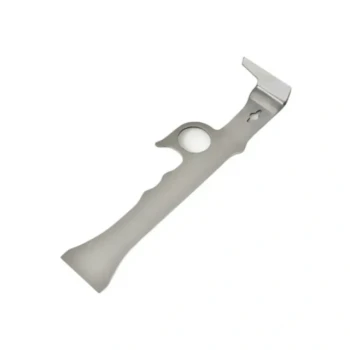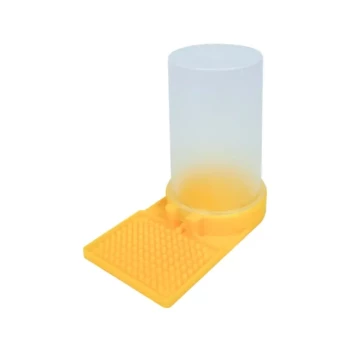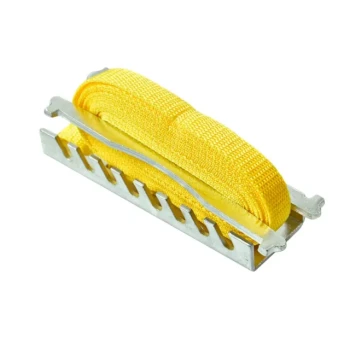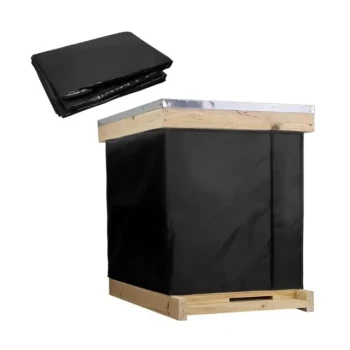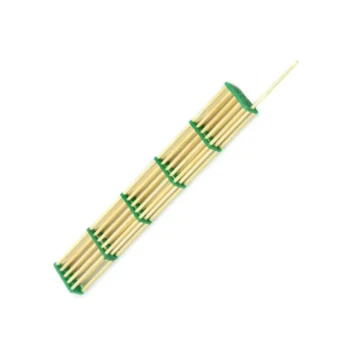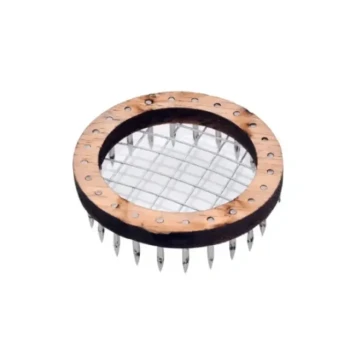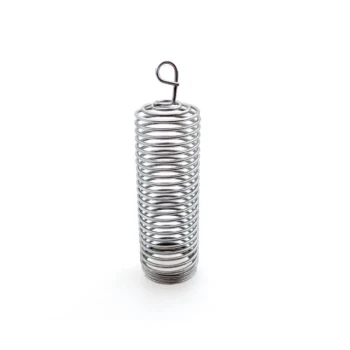At its core, the difference is simple: a nucleus hive is a small, functioning bee colony, while a package is a collection of bees that must build a colony from nothing. A "nuc" provides a laying queen, worker bees, and several frames of drawn comb with brood, pollen, and honey. In contrast, a bee package is a container of loose bees and a caged queen, requiring them to construct their entire home and raise the first generation of new bees from scratch.
Choosing between a nuc and a package is a fundamental decision that hinges on your goals as a beekeeper. A nuc prioritizes a faster, more stable start for the colony, while a package offers a lower initial cost at the expense of requiring more intensive early management.
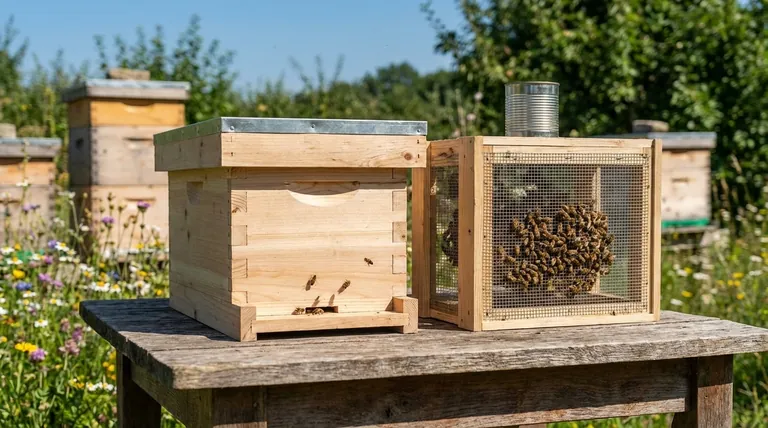
What You Actually Receive: A Component Breakdown
To understand the practical difference, you must first visualize what arrives at your door. The contents of each determine the trajectory of your first season.
The Nucleus Hive (Nuc): A Miniature Colony
A nuc is a small, self-sufficient hive, typically containing four or five deep frames inside a temporary box.
It includes a proven, laying queen who is already accepted by the colony and actively laying eggs.
You also receive frames of drawn comb containing brood in all stages (eggs, larvae, and pupae), as well as food stores like honey and pollen. This is a functioning, multi-generational colony ready for transfer into a full-sized hive box.
The Bee Package: The Building Blocks
A package is a screened crate filled with a quantity of bees, usually sold by weight (e.g., 3 pounds, which is about 10,000 bees).
It contains thousands of worker bees and a caged queen. This queen is not their original mother and must be formally "introduced" and accepted by the workers over several days.
Crucially, a package contains no comb, no brood, and no food stores beyond a small can of sugar syrup for the journey. They are starting with nothing but their own population.
The Critical First Month: Establishment vs. Building
The first 30 days are vastly different for a nuc and a package. This period often determines the success or failure of the hive for the entire year.
A Nuc's Head Start
A nuc colony is already in a state of growth. Once transferred to a larger hive, the queen continues laying, and new bees are constantly emerging from the existing brood frames.
Their immediate focus is expansion. The existing workforce can immediately begin foraging for nectar and pollen and drawing out new comb on adjacent frames. The population grows steadily from day one.
A Package's Uphill Battle
A package colony's first job is survival. The bees must consume enormous amounts of sugar (which you must provide as syrup) to produce wax and build their first combs.
There is a critical 21-day gap between when the newly accepted queen lays her first egg and when that egg emerges as an adult worker bee. During this period, the original population from the package dwindles from old age, and the colony is at its most vulnerable.
Understanding the Trade-offs: Cost, Risk, and Reward
The decision is not just about components, but about balancing your budget, time, and tolerance for risk.
The Beginner's Advantage: Why Nucs Are Recommended
For a new beekeeper, a nuc is an investment in success. It bypasses the two most difficult and failure-prone stages: queen introduction and initial comb building.
This allows you to focus on learning the fundamentals of hive inspection and management on a stable, predictable colony. Nucs are far more likely to build up strongly, survive their first winter, and even produce a small honey surplus in year one.
The Experienced Choice: The Case for Packages
The primary advantage of a package is lower initial cost. For an experienced beekeeper looking to expand an apiary, this cost savings can be significant.
Packages also offer a clean slate. You can install them onto any foundation type you prefer, ensuring you have fresh, new comb throughout the hive.
Common Pitfalls to Avoid
The main risk with a nuc is biosecurity. You are importing comb from another beekeeper, which could potentially carry pests like Varroa mites or diseases. Sourcing from a highly reputable, inspected apiary is non-negotiable.
The primary risk with a package is colony failure. If the queen is not accepted, if a sudden cold spell occurs, or if feeding is inconsistent, the colony can easily collapse before the first generation of new bees emerges.
Making the Right Choice for Your Goal
The best option depends entirely on your experience level, budget, and first-year objectives.
- If your primary focus is learning and first-year survival: Choose a nucleus hive for its stability and significant head start.
- If your primary focus is minimizing initial cost and you have some experience: A package can be a viable option, provided you understand the intensive early feeding and management required.
- If your primary focus is rapid expansion of an existing apiary: Experienced beekeepers often use packages for their lower cost and flexibility in setting up multiple new hives at once.
Ultimately, investing in a strong, healthy start for your bees is the most critical step toward successful beekeeping.
Summary Table:
| Feature | Nucleus Hive (Nuc) | Bee Package |
|---|---|---|
| Contents | Laying queen, worker bees, frames with brood, honey, pollen | Caged queen, loose worker bees (by weight) |
| Comb/Brood | Yes, drawn comb with brood | No comb or brood |
| Colony Status | Functioning mini-colony | Population to build a colony |
| Initial Cost | Higher | Lower |
| Early Management | Less intensive, more stable | More intensive, higher risk |
| Best For | Beginners, ensuring first-year survival | Experienced beekeepers, cost-effective expansion |
Ready to Start or Expand Your Apiary?
Whether you're a commercial beekeeper planning a large-scale operation or a distributor stocking up for the season, choosing the right foundation for your hives is critical to your success. At HONESTBEE, we supply the high-quality beekeeping supplies and equipment you need to support both nucleus hives and package bees.
We understand the unique demands of commercial apiaries and distributors. Let us be your reliable wholesale partner.
We provide:
- Durable hive components and protective gear.
- Essential feeding and medication supplies.
- Equipment suited for both nuc and package establishment.
Contact our wholesale team today to discuss your specific needs and get your operation buzzing. We're here to help you build a stronger, more productive apiary.
Get in Touch with Our Wholesale Experts
Visual Guide
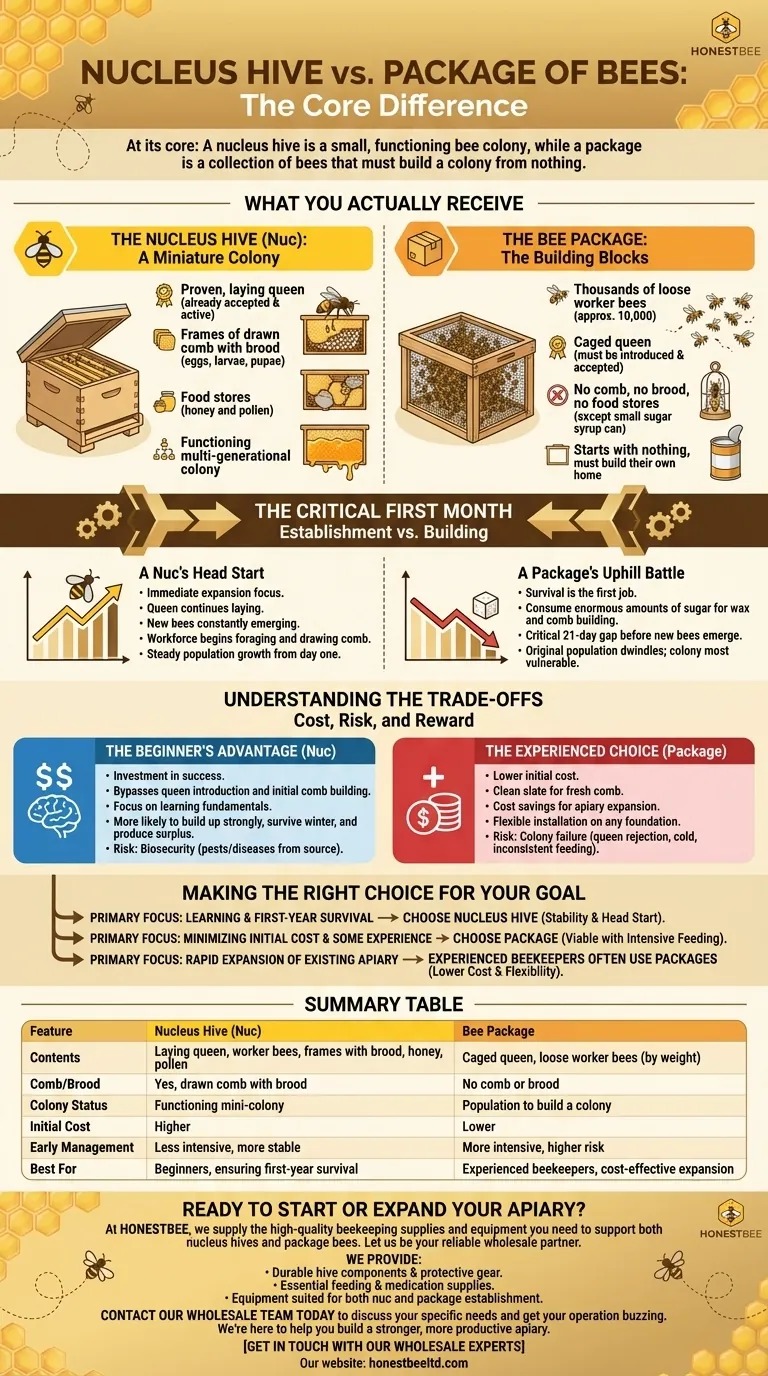
Related Products
- 5 Frame Wooden Nuc Box for Beekeeping
- HONESTBEE Advanced Ergonomic Stainless Steel Hive Tool for Beekeeping
- HONESTBEE Professional Entrance Bee Feeder Hive Nutrition Solution
- Professional Galvanized Hive Strap with Secure Locking Buckle for Beekeeping
- Wholesales Dadant Size Wooden Bee Hives for Beekeeping
People Also Ask
- What are the benefits of starting a new bee colony in a nuc box? Boost Colony Success with Efficient Beekeeping
- What is the advantage of overwintering a nucleus? A Strategic Asset for Beekeeping Success
- What is the most common type of standard nuc? The 5-Frame Nuc Explained
- What is a common feature of many 5-frame nuc boxes? The Integrated Feeder for Efficient Colony Growth
- What is the purpose of having a nuc in beekeeping? Build a Resilient & Productive Apiary

